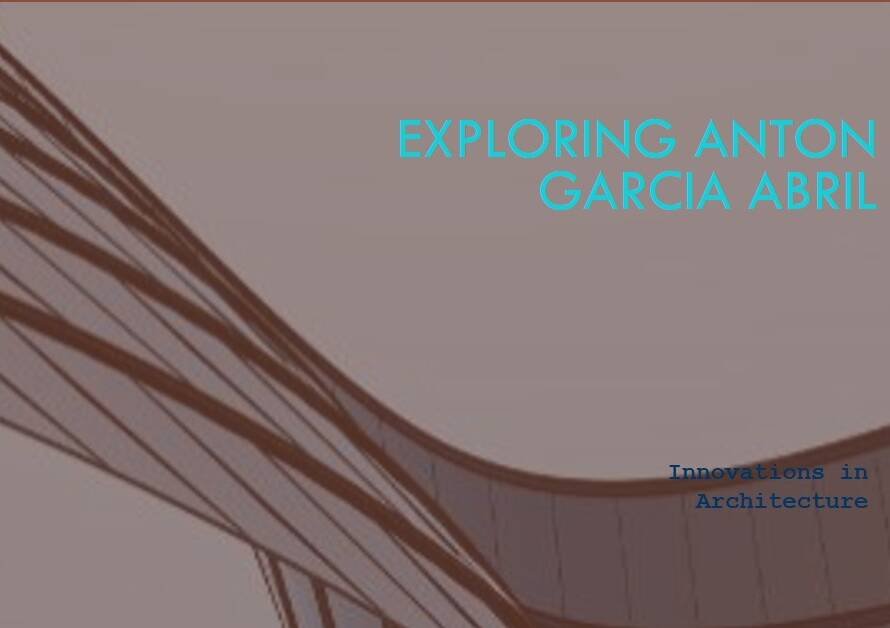
Table of Contents
Pioneering Urban Landscapes: Navigating Tomorrow’s Cities
Urban development stands as the cornerstone of civilization’s progress, shaping the landscapes that house millions and drive economic, social, and cultural endeavors. As we stride into the future, the imperative to craft sustainable, resilient, and equitable cities becomes paramount. In this exploration, we delve into the multifaceted realm of urban development strategies, elucidating the pivotal role they play in sculpting cities for tomorrow’s challenges and opportunities.
Visionary Foundations: Crafting Blueprints for Tomorrow (Urban Development)
At the heart of effective urban development lies a visionary approach to crafting blueprints that transcend immediate needs and envision long-term sustainability. Municipalities worldwide are increasingly turning to comprehensive urban planning frameworks that integrate environmental, economic, and social considerations. By fostering collaboration among urban planners, architects, policymakers, and community stakeholders, cities can chart pathways toward inclusive growth and environmental stewardship.
In Singapore, the concept of urban planning is elevated to an art form, with meticulous attention to detail and forward-thinking strategies. The city-state’s Urban Redevelopment Authority (URA) spearheads initiatives that prioritize green spaces, efficient public transportation, and mixed-use developments. Through strategic land use planning and rigorous zoning regulations, Singapore has transformed from a fledgling nation into a global beacon of sustainable urbanism.
Sustainable Infrastructure: Building Blocks for Resilient Cities
The infrastructure forms the backbone of urban development, dictating the flow of people, goods, and resources within cities. Embracing sustainable infrastructure practices is essential for mitigating environmental impact, enhancing resilience against climate change, and optimizing resource utilization. Forward-looking cities are investing in green infrastructure solutions, such as renewable energy systems, smart grids, and water-sensitive design principles.
Copenhagen, often hailed as one of the world’s most livable cities, exemplifies the integration of sustainable infrastructure into urban development. The Danish capital’s commitment to cycling infrastructure, renewable energy sources, and climate-resilient design has earned it acclaim as a model for sustainable urban living. Through initiatives like the Copenhagen Climate Adaptation Plan and the Bicycle Strategy, the city continues to set benchmarks for environmentally conscious urban development.
Inclusive Design: Empowering Communities for Collective Prosperity
In the pursuit of shaping cities for tomorrow, inclusivity emerges as a guiding principle, ensuring that urban spaces cater to the diverse needs of all inhabitants. Inclusive urban design goes beyond physical accessibility to embrace social, economic, and cultural diversity, fostering a sense of belonging and empowerment among communities. By engaging marginalized groups in the planning process and prioritizing equitable access to amenities and services, cities can cultivate environments where everyone can thrive.
Curitiba, Brazil, stands out as a pioneer in inclusive urban design, with its innovative approach to public transportation and social infrastructure. The city’s Bus Rapid Transit (BRT) system, developed in the 1970s, revolutionized urban mobility, providing efficient and affordable transit options for residents from all socioeconomic backgrounds. Additionally, Curitiba’s extensive network of parks, plazas, and cultural centers ensures that public spaces remain inclusive hubs for community engagement and recreation.
Technological Integration: Harnessing Innovation for Urban Advancement
In an era defined by rapid technological advancements, cities are leveraging cutting-edge innovations to enhance efficiency, connectivity, and quality of life for residents. From smart city solutions to digital platforms for citizen engagement, technology serves as a powerful enabler of urban development strategies. By embracing data-driven decision-making and digital infrastructure, cities can optimize resource allocation, improve service delivery, and foster innovation ecosystems.
Seoul, South Korea, epitomizes the symbiosis between technology and urban development, emerging as a global leader in digital innovation. The city’s ubiquitous Wi-Fi coverage, integrated smart grids, and innovative e-government services have transformed Seoul into a connected metropolis of the future. Through initiatives like the Seoul Digital Plan and the Seoul Innovation Strategy, the city continues to harness technology as a catalyst for inclusive growth and sustainable urban development.


Resilience Planning: Fortifying Cities Against Uncertainty
As cities confront an increasingly complex array of environmental, social, and economic challenges, resilience planning emerges as a critical imperative for safeguarding urban vitality and well-being. Resilient cities anticipate and adapt to shocks and stresses, building robust systems that can withstand adversity and bounce back stronger. By embracing adaptive governance structures, investing in infrastructure resilience, and fostering social cohesion, cities can fortify themselves against the uncertainties of tomorrow.
Rotterdam, Netherlands, stands as a beacon of resilience in the face of climate change and rising sea levels. The city’s comprehensive approach to water management, including innovative flood protection measures and climate-proof urban design, has earned it international acclaim as a model for resilient urban development. Through collaborative initiatives like the Rotterdam Climate Initiative, the city continues to pioneer solutions that balance environmental sustainability with economic prosperity.
Green Urbanism: Cultivating Sustainable Cityscapes
The imperative to combat climate change and preserve natural ecosystems has spurred a global movement toward green urbanism, advocating for environmentally responsible development practices. Green cities prioritize biodiversity conservation, energy efficiency, and carbon neutrality, striving to harmonize urban life with the natural world. By integrating green spaces, sustainable transportation systems, and eco-friendly building designs, cities can reduce their ecological footprint while enhancing quality of life for residents.
Vancouver, Canada, exemplifies the principles of green urbanism, with its commitment to sustainable development and environmental stewardship. The city’s Greenest City Action Plan sets ambitious targets for carbon emissions reduction, zero waste, and ecosystem protection, guiding policies and initiatives across all sectors. Through initiatives like the Green Buildings Program and the Urban Forest Strategy, Vancouver continues to lead the charge toward a greener, more sustainable future.
Cultural Preservation: Nurturing Identity Amidst Urbanization
As cities evolve and expand, the preservation of cultural heritage emerges as a vital component of sustainable urban development. Cultural assets, including historic landmarks, traditions, and intangible heritage, contribute to the unique identity and social fabric of cities. By safeguarding cultural heritage sites, promoting cultural diversity, and supporting creative industries, cities can nurture vibrant urban identities while fostering social cohesion and economic vitality.
Kyoto, Japan, serves as a poignant example of cultural preservation amidst urbanization, with its rich tapestry of historic temples, gardens, and traditional arts. The city’s UNESCO World Heritage designation underscores its commitment to safeguarding centuries-old heritage sites and promoting sustainable tourism practices. Through initiatives like the Kyoto Cultural Landscape Project and the Kyoto Craftsmanship Initiative, the city continues to celebrate its cultural legacy while embracing modernity.
Collaborative Governance: Fostering Partnerships for Urban Progress
Effective urban development necessitates collaborative governance structures that engage diverse stakeholders and foster participatory decision-making processes. By forging partnerships between government agencies, private sector actors, civil society organizations, and local communities, cities can harness collective expertise and resources to address complex challenges and seize opportunities for innovation. Transparent and inclusive governance frameworks enhance accountability, legitimacy, and trust, laying the groundwork for sustainable urban progress.
Barcelona, Spain, exemplifies the power of collaborative governance in driving urban transformation and citizen empowerment. The city’s participatory budgeting initiatives, neighborhood councils, and civic engagement platforms enable residents to actively shape the future of their communities. Through initiatives like the Barcelona Metropolitan Strategic Plan and the Sharing Cities Programme, the city embraces a holistic approach to urban development that prioritizes social inclusion, environmental sustainability, and economic prosperity.
Conclusion: Shaping Tomorrow’s Cities, Today
In the dynamic landscape of urban development, cities stand at the nexus of innovation, resilience, and inclusivity. By embracing visionary planning, sustainable infrastructure, technological innovation, and collaborative governance, cities can navigate the complexities of tomorrow’s challenges while unlocking the full potential of urban life. As we strive to shape cities that are equitable, resilient, and vibrant, let us embark on this journey with determination, creativity, and a steadfast commitment to building a better future for generations to come.


